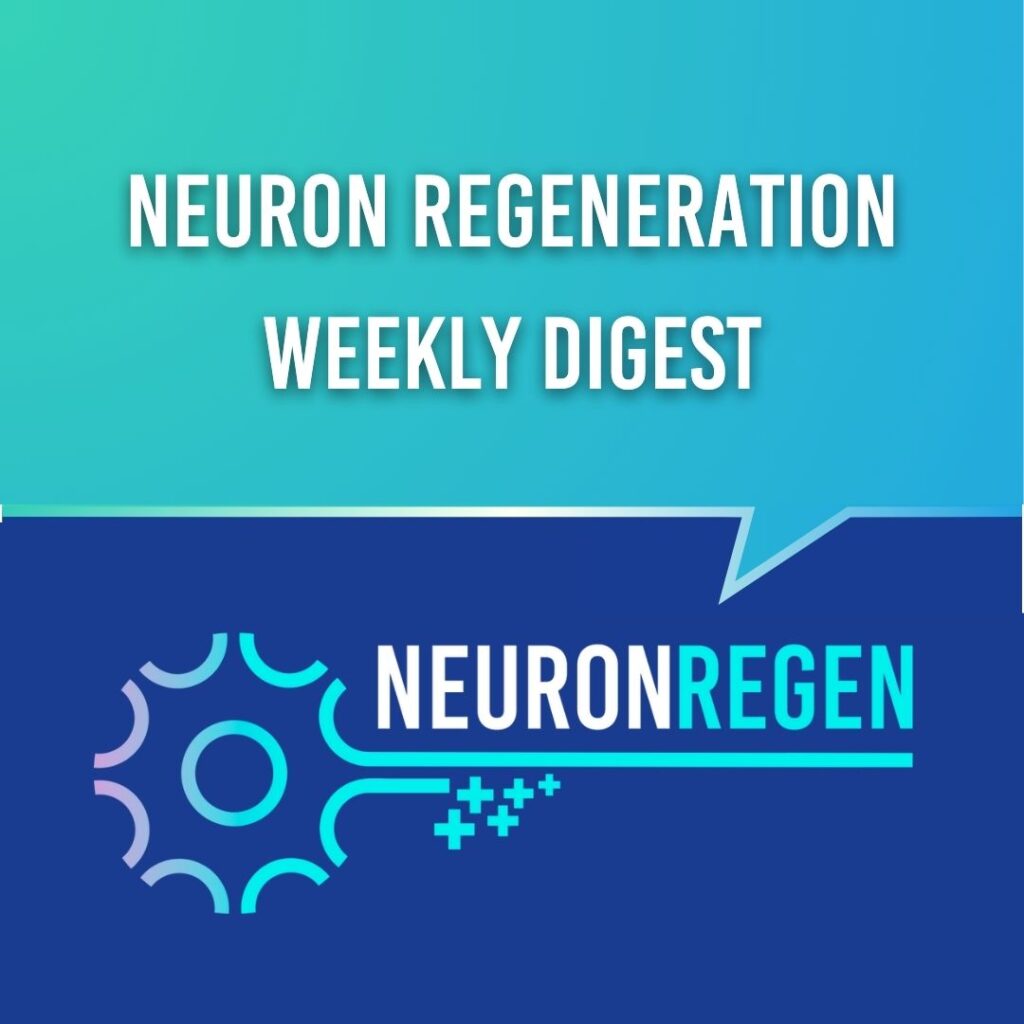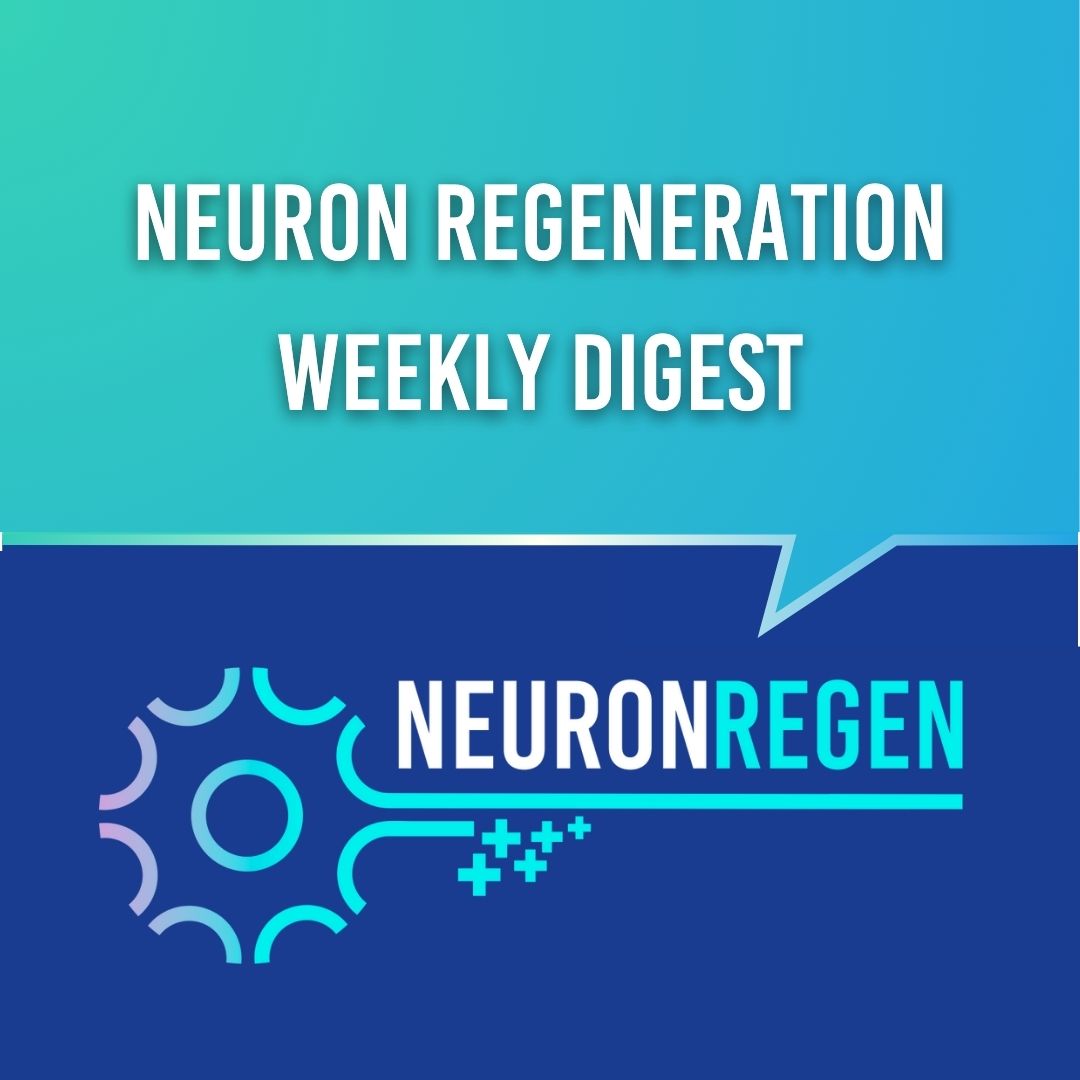While some components of the nervous system possess remarkable healing abilities, its regenerative limitations make neurological disorders and injuries among the most difficult to treat. Scientists are continuously exploring new ways to repair and regenerate damaged neural tissue, with recent research uncovering innovative approaches to neuroprotection and recovery.
From advanced biomaterials to cellular reprogramming, the studies below shed light on emerging strategies that could reshape treatments for conditions like spinal cord injury, Parkinson’s disease, and Alzheimer’s. These findings highlight the power of bioengineered hydrogels, stem cell-derived therapies, and a deeper understanding of the cellular mechanisms driving neurodegeneration.

1. Advances in hydrogel for diagnosis and treatment for Parkinson’s disease
New research highlights the potential of hydrogel-based biomaterials in advancing Parkinson’s disease treatment and diagnosis. Hydrogels offer versatile applications, from drug delivery and cell transplantation to biosensors for monitoring disease progression, providing new possibilities for neuroprotection and regenerative medicine.
2. Decellularized tissue matrices hydrogels functionalized with extracellular vesicles promote macrophage reprogramming and neural stem cell differentiation for spinal cord injury repair
Researchers have developed a novel hydrogel composed of decellularized tissue matrices (DSCM) combined with extracellular vesicles (EVs) from mesenchymal stromal cells. This composite material promotes healing in spinal cord injuries by reducing inflammation and encouraging neural stem cell differentiation. The study highlights the role of Slamf9 gene modulation in macrophage reprogramming, offering a promising strategy for spinal cord repair and potential applications in other neurological conditions.
3. Astrocyte and oligodendrocyte pathology in Alzheimer’s disease
Astrocytes and oligodendrocytes—once thought to be mere support cells—play a critical role in Alzheimer’s disease progression. These glial cells contribute to neuroinflammation, excitotoxicity, and myelin degeneration, accelerating cognitive decline. Understanding their role in amyloid-beta and tau pathology opens the door to new therapeutic strategies that go beyond traditional neuron-focused treatments.
If you’d like to stay informed of the latest publications and breakthroughs in neuron regeneration, join our email newsletter to the right (or below on mobile). We send out weekly updates with the latest papers and studies, as well as podcast episodes with the people driving Neuroregenerative breakthroughs.

